Play Video
1:08
Protests sweep Myanmar to oppose coup and support Aung San Suu Kyi – video
Massive crowds of protesters have marched in towns and cities across Myanmar in the largest show of popular defiance so far to a military coup a week ago.
From the Himalayan town of Putao to cities on the shore of the Andaman Sea, demonstrators filled the streets for a third day of street demonstrations against the ousting of the democratically elected government of Aung San Suu Kyi.
Most of the demonstrations were peaceful, but in the capital, Naypyidaw, police deployed brief bursts of water cannon against protesters, some of whom appeared to have been hurt when they were knocked to the ground. Police appeared to stop using the water cannon after protesters appealed to them.
Play Video
0:42
Myanmar police fire water cannon at anti-coup protesters – video
The junta has resisted a more violent response, but state television on Monday afternoon broadcast an unsigned statement claiming Myanmar’s people refused to accept lawless wrongdoers, who it said should be prevented or removed, and that legal action should be taken against acts that harmed the stability of the state, public safety and the rule of law.
Protesters in the country’s largest city, Yangon, said police asked them to disperse by about 5.30pm local time, and most had complied by the evening. In Naypyidaw, three lines of armed police mobilised with a water cannon truck opposite demonstrators, warning them to leave or be dispersed by force.
michael safi
(@safimichael)
Many protesters in Yangon leaving streets, grudgingly, in line with police orders to disperse, says our correspondent in Myanmar, who has sent this video pic.twitter.com/UizRFUKDlF
February 8, 2021
The marches in Yangon attracted saffron-robed monks, construction workers in hard hats, teachers in traditional white shirts and green longyis and young people, who made up the bulk of the crowd. They flew multicoloured Buddhist flags alongside red banners in the colour of Aung San Suu Kyi’s National League for Democracy, witnesses said. Some estimates put the number of protesters at hundreds of thousands.
“Release our leaders, respect our votes, reject military coup,” said one sign. Others read “Save democracy”. Protesters chanted slogans and raised the three-finger salute, a gesture used by pro-democracy activists in neighbouring Thailand that signals opposition to the military in Myanmar.
Some smaller groups broke off from the main protest and headed to the Sule Pagoda, a past rallying point for major protests against juntas.
Kyaw, 58, a small shop owner who protested during the 1988 uprising, called for an end to the coup. “There are so many young educated people here, this is a revolution of the new generation,” he said.
Wa Lone
(@walone4)
For the third day of protesting against army coup in #Myanmar — a group of Buddhist joined the march to downtown Yangon surrounded by hundreds of young protesters. Credit: Myanmar Now #WhatsHappeningInMyanmar #Burmacoup #Feb8Coup #Burma pic.twitter.com/G9z9GpmLB6
February 8, 2021
Thiri, 23, sat down with her fellow demonstrators during a march for the NLD in downtown Yangon. “We are young people fighting for democracy and against the military coup,” she said. “They must release Daw Aung San Suu Kyi and our president … When the military cut off social media and the internet, taking to the streets was the only thing we could do.”
“There is never a need for a military to run a country,” said Zaw, 40, a tour guide who spent four months in jail for participating in the Saffron Revolution in 2007. “I hope so much that this brings change, and it should because the people feel so strongly about it,” he said, sporting the protesters’ ubiquitous red ribbon.
Hundreds of people had gathered in Myanmar’s second largest city, Mandalay, by mid-morning, while others marched in the coastal city of Dawei, in the south-east, and in the Kachin state capital in the far north, where they were dressed head to toe in black.
Calls to join protests and to back a campaign of civil disobedience have grown louder and more organised since last Monday’s coup, which drew widespread international condemnation.
Quick guide What is happening in Myanmar?
Show
Hide
On 1 February Myanmar’s army took power in a coup against the democratically elected government of Aung San Suu Kyi. She and other senior party figures were detained in a morning raid. In response, tens of thousands have protested in the streets of Yangon and other cities as part of a growing campaign of civil disobedience. The military have blocked social media platforms in an attempt to stamp out dissent. The United Nations Security Council has called for the release of Aung San Suu Kyi and other ministers detained.
Was this helpful?
Thank you for your feedback.
Earlier on Monday, members of the public banged pots and pans and sounded their car horns in Yangon a symbol of opposition to the military coup. The noisy protest usually takes place at night.
A call for a general strike was issued late on Sunday by several activist groups, but it was not clear if it had been widely circulated or adopted by the informally organised civil disobedience movement at the forefront of the protests.
Protests that swept the country on Sunday were the biggest since the 2007 Saffron Revolution led by Buddhist monks that helped prompt democratic reforms that were upended by the 1 February coup.
“Marchers from every corner of Yangon, please come out peacefully and join the people’s meeting,” activist Ei Thinzar Maung posted on Facebook, using VPN networks to rally protesters despite a junta attempt to ban the social media network.
So far the response to the gatherings has been non-violent, unlike the bloody crackdowns during previous widespread protests in 1988 and 2007. A convoy of military trucks was seen passing into Yangon late on Sunday, raising fears that could change.
The government lifted a day-long internet ban at the weekend that prompted even more anger in a country fearful of returning to the isolation and even greater poverty before a transition to democracy began in 2011.
Activists Maung Saungkha and Thet Swe Win posted on their Facebook pages that police had been to search for them at their homes, but that they were not there and were still free.
In addition to the street protests, a campaign of civil disobedience has begun, first with doctors and joined by some teachers and other government workers.
“We request government staff from all departments not to attend work from Monday,” said the activist Min Ko Naing, a veteran of the demonstrations in 1988 that first brought Aung San Suu Kyi to prominence.
She won the Nobel peace prize in 1991 for campaigning for democracy, and spent nearly 15 years under house arrest during decades of struggling to end almost half a century of army rule.
‘We’re not brainwashed’: a week of turmoil in Myanmar
Read more
The 75-year-old has been kept incommunicado since army chief Min Aung Hlaing seized power in the early hours of 1 February. She faces charges of illegally importing six walkie-talkies and is being held in police detention for investigation until 15 February. Her lawyer said he has not been allowed to see her.
Reuters contributed to this story

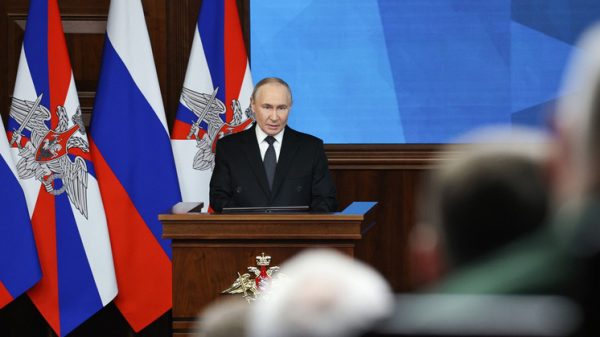


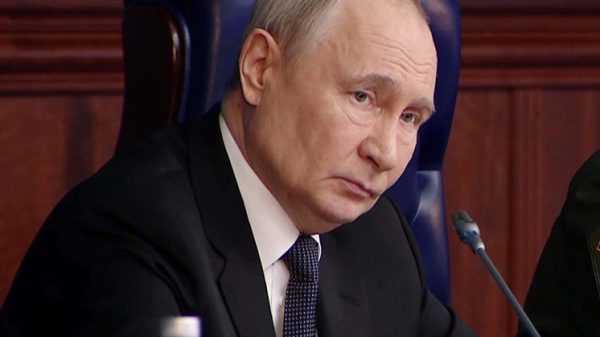
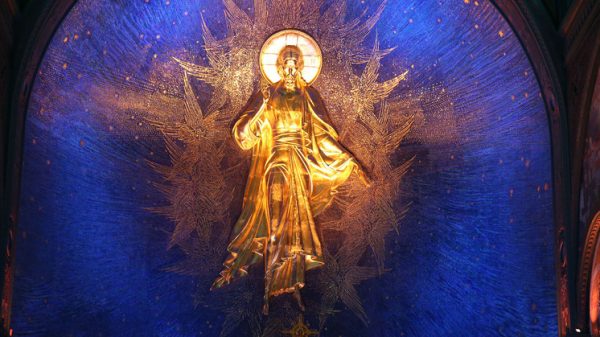

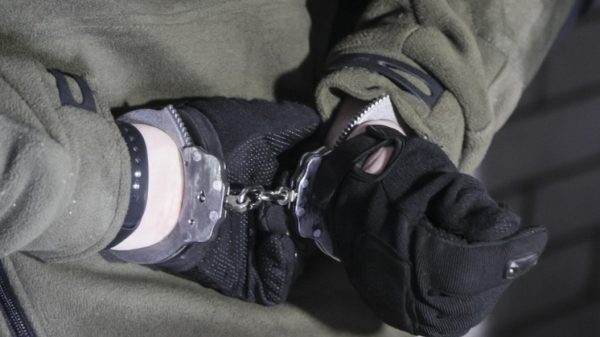

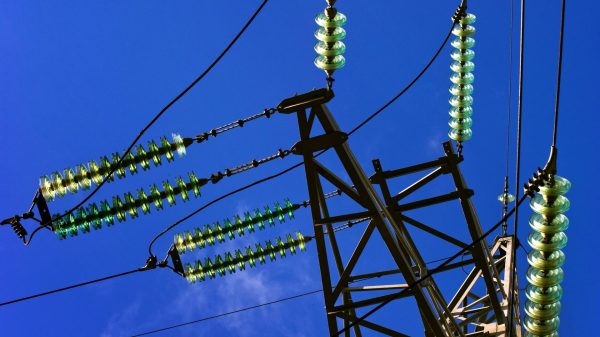
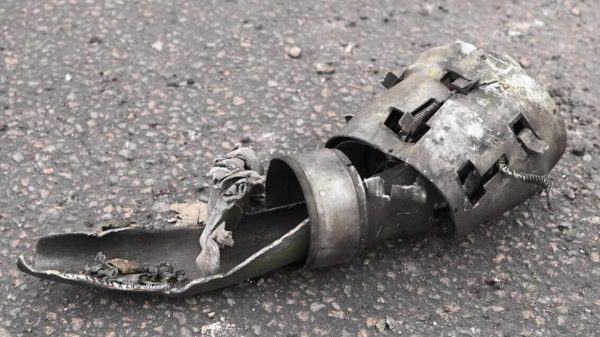


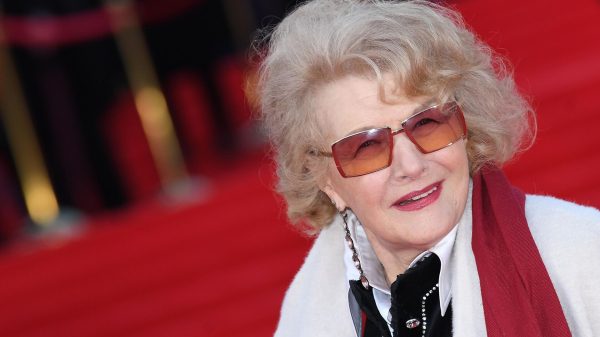
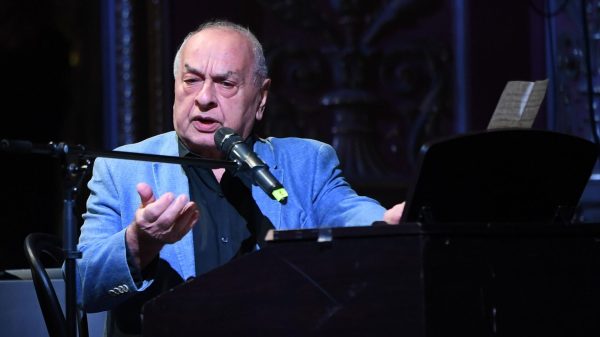
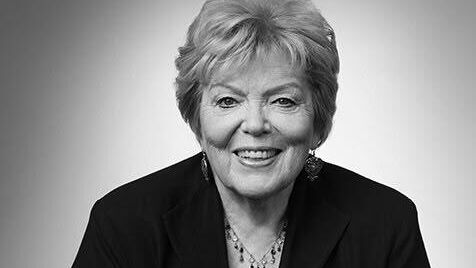
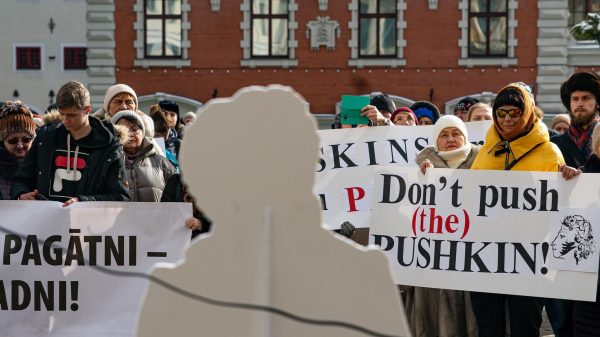

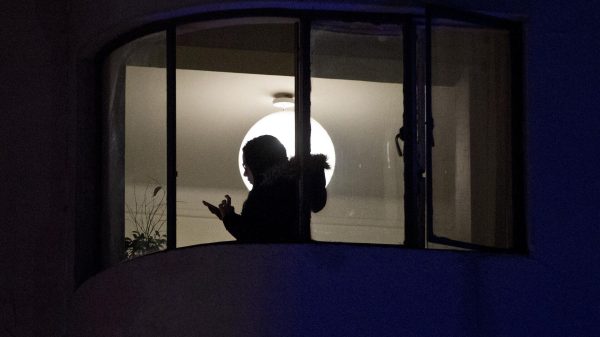
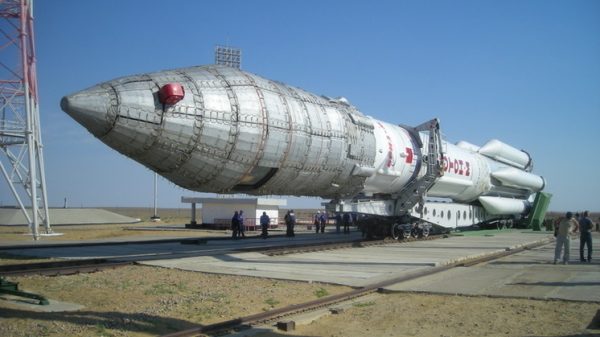
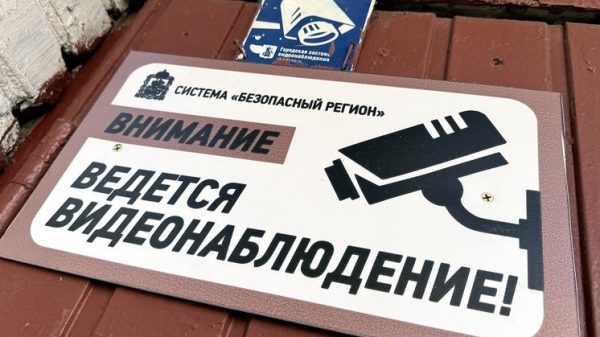















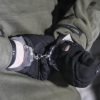










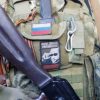




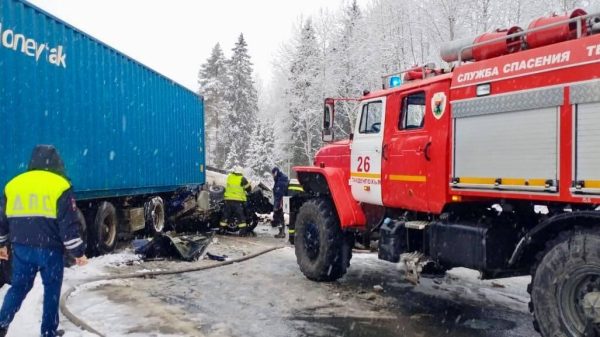
Свежие комментарии